Stepping into The History Museum in South Bend feels like walking onto the set of A League of Their Own. One big difference is that this isn’t Hollywood magic; it’s the real story. The museum’s All-American Girls Professional Baseball League (AAGPBL) exhibit brings the history of these groundbreaking athletes to life. It showcases their impact on life beyond the silver screen. As fans of the 1992 film, this was a chance to see how fact compares to fiction. Each exhibit at The History Museum paints a vivid picture of South Bend’s pivotal role in national and local history, making it much more than just a place for baseball fans—it’s a place to understand the stories that shaped the heart of America.
We want to thank The History Museum for hosting our visit. Rest assured all opinions are our own.
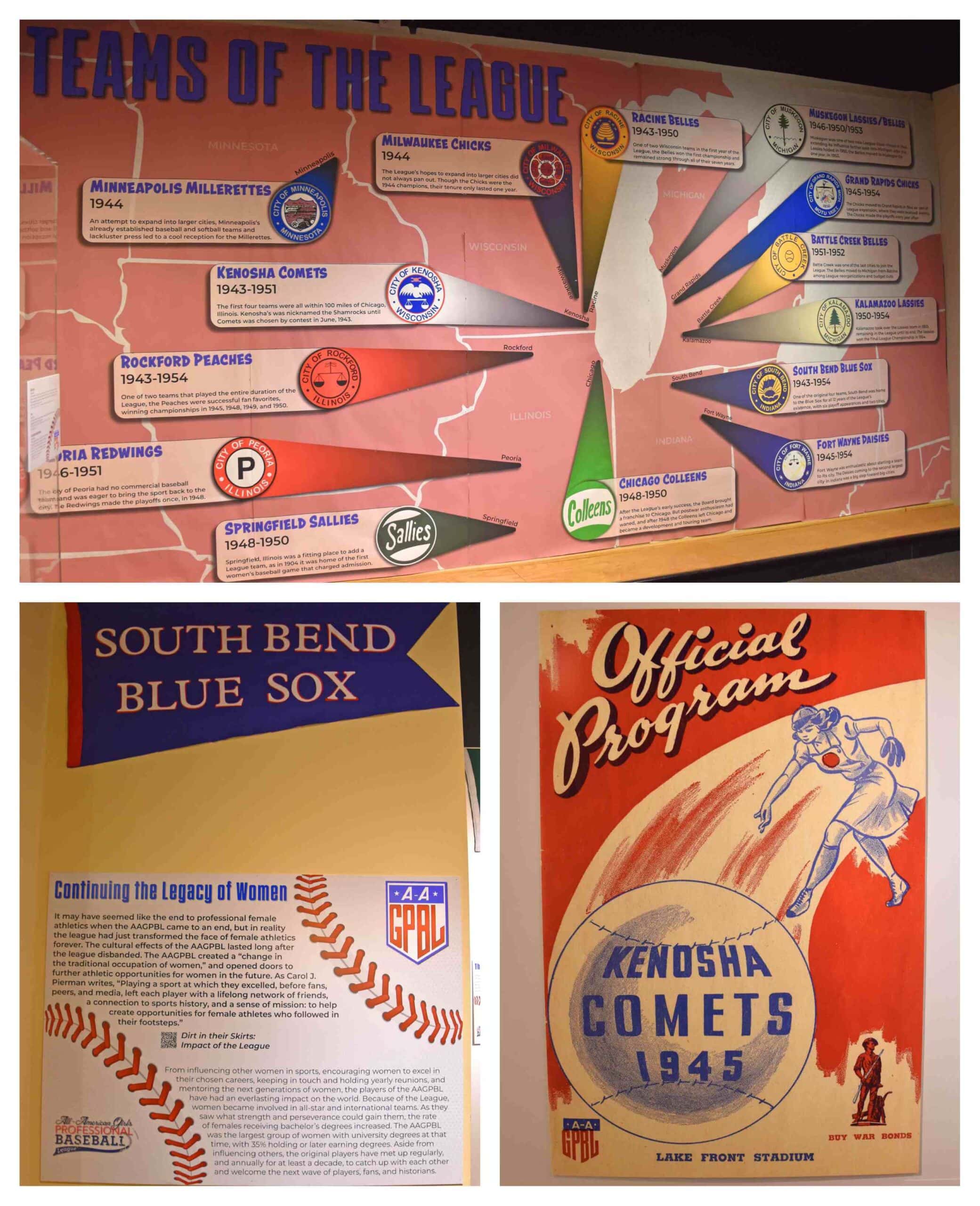
The Real League
The exhibit is packed with original uniforms, game-used equipment, photographs, and personal stories of the women who played in the league from 1943 to 1954. Artifacts from teams like the South Bend Blue Sox highlight the athleticism and resilience of these players, who stepped up when Major League Baseball faced a wartime shortage. Standing before the South Bend Blue Sox display, I couldn’t help but imagine what it would have been like to suit up for those early games. The roar of the crowd, the weight of the bat—it all felt so real. It made me appreciate how deeply these women shaped the future of sports in ways I hadn’t realized before.
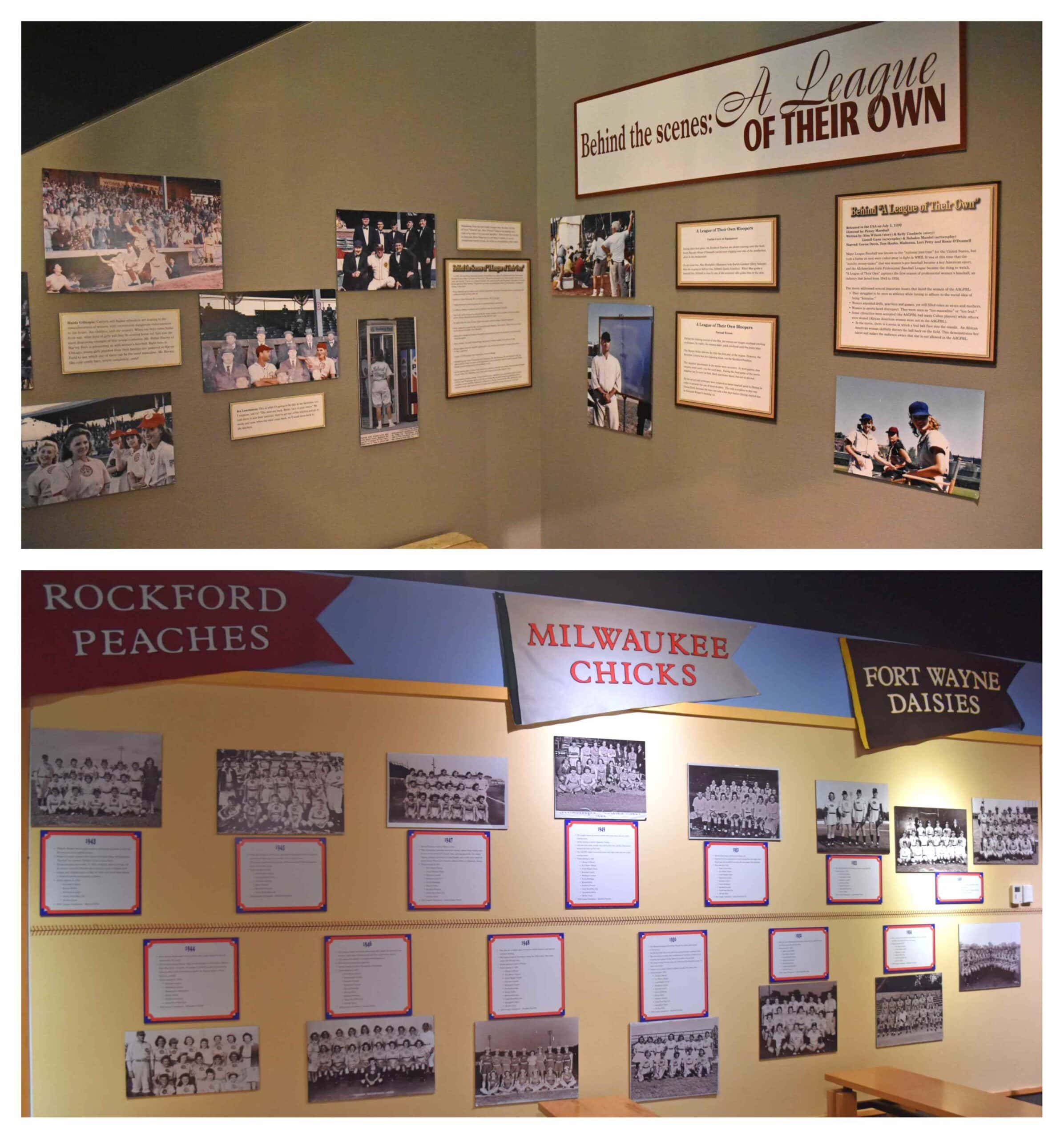
A League of Their Own Connections
While the movie focused on the Rockford Peaches, the real AAGPBL featured a league full of competitive teams, including the Kenosha Comets, Racine Belles, Peoria Redwings, and Fort Wayne Daisies. The South Bend Blue Sox were one of only two teams to last the entire league duration, making them a key part of this chapter in baseball history. The exhibit brings to life the rivalries, victories, and evolving rules that shaped the league’s decade-long run through team memorabilia and historical records.
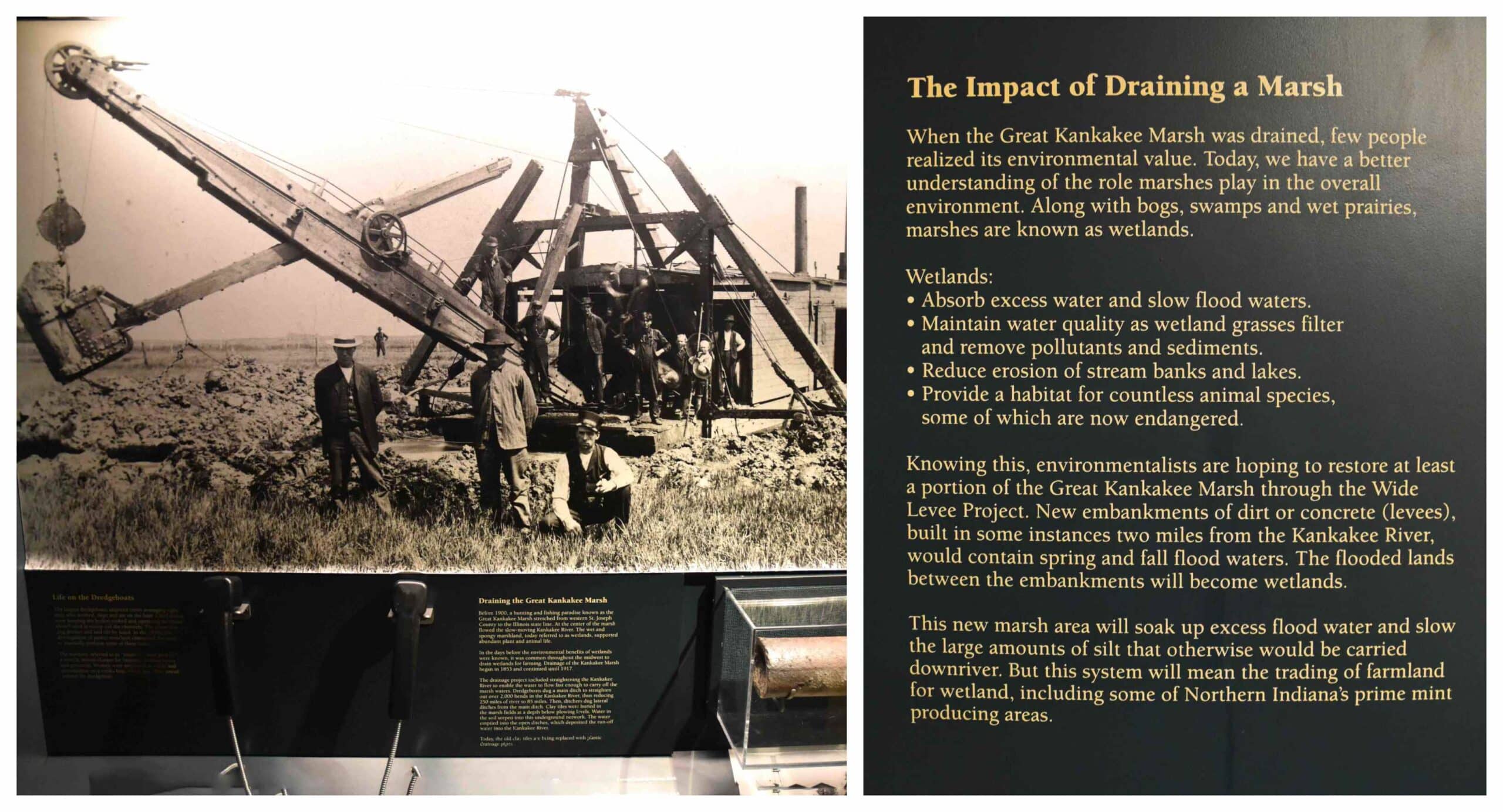
Draining the Swamp
Beyond baseball, The History Museum also dives into the region’s environmental past with its Draining the Swamp exhibit. Long before South Bend became an industrial hub, much of northern Indiana was covered in vast wetlands. This exhibit explores the massive effort to drain these swamps in the 19th and early 20th centuries, transforming the land for farming and settlement. Visitors can see how human intervention reshaped the landscape through historical documents, tools, and interactive displays.
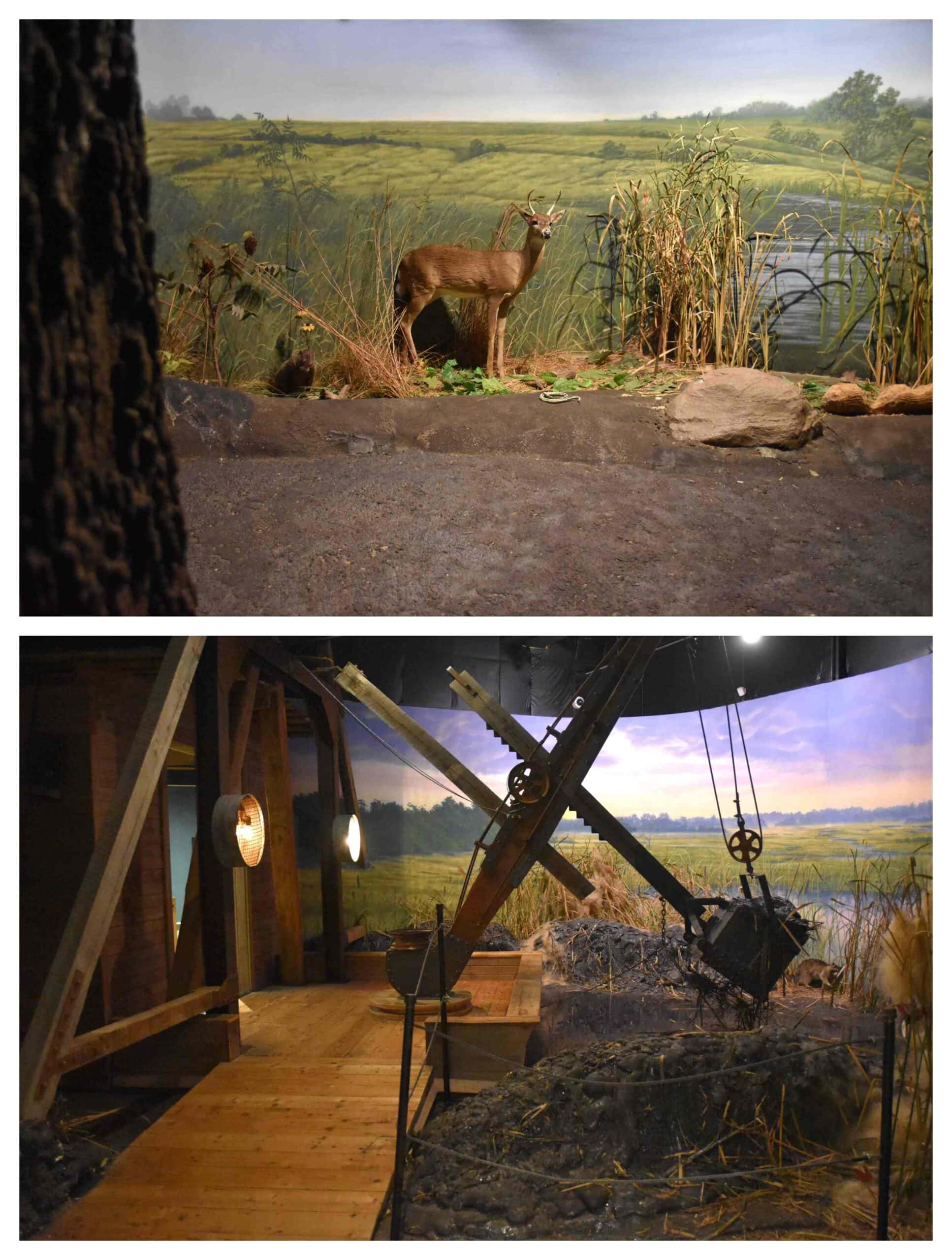
Real Life Consequences
While the drainage projects allowed cities like South Bend to grow, they also profoundly impacted local wildlife. When we walked through the Draining the Swamp exhibit, we were taken aback by the sheer scale of the effort. It made us reflect on how little we think about the natural world when we’re in the middle of ‘progress,’ but those swamps were home to many species we’ve lost. The exhibit highlights the loss of critical wetland habitats that once supported diverse species of birds, fish, and mammals. It’s fascinating how progress often comes with unintended consequences—an issue still relevant today.
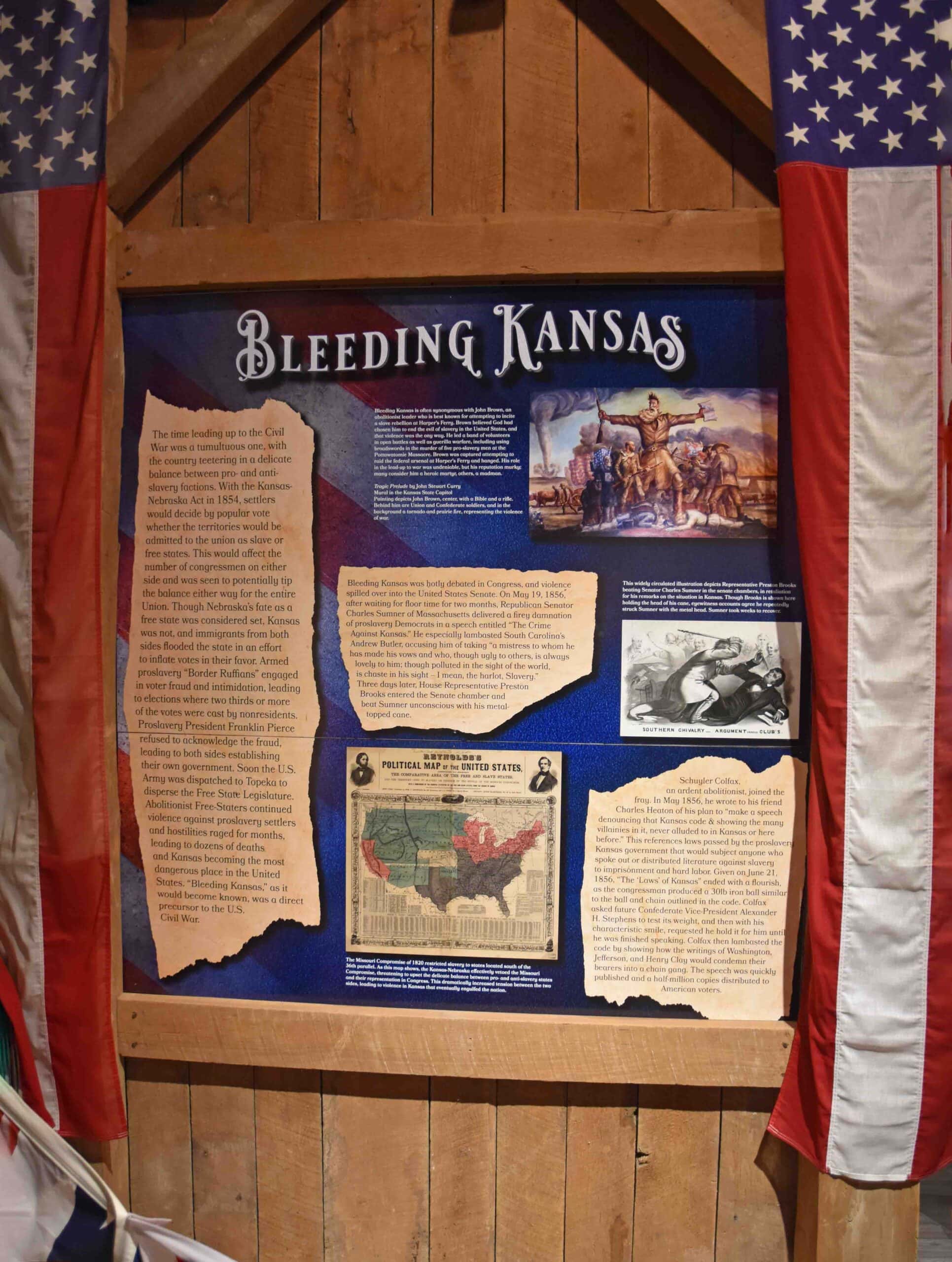
Kansas Connections
While exploring The History Museum, we were surprised to find an exhibit on Bleeding Kansas, a chapter of history deeply connected to our backyard. This exhibit examines the violent conflicts between pro-slavery and anti-slavery settlers in the 1850s, a struggle that shaped Kansas’ identity and fueled tensions leading up to the Civil War. Through period artifacts, personal letters, and newspaper accounts, the exhibit brings to life the fierce battles and political upheaval on the Kansas-Missouri border—territory we’ve explored in our travels.
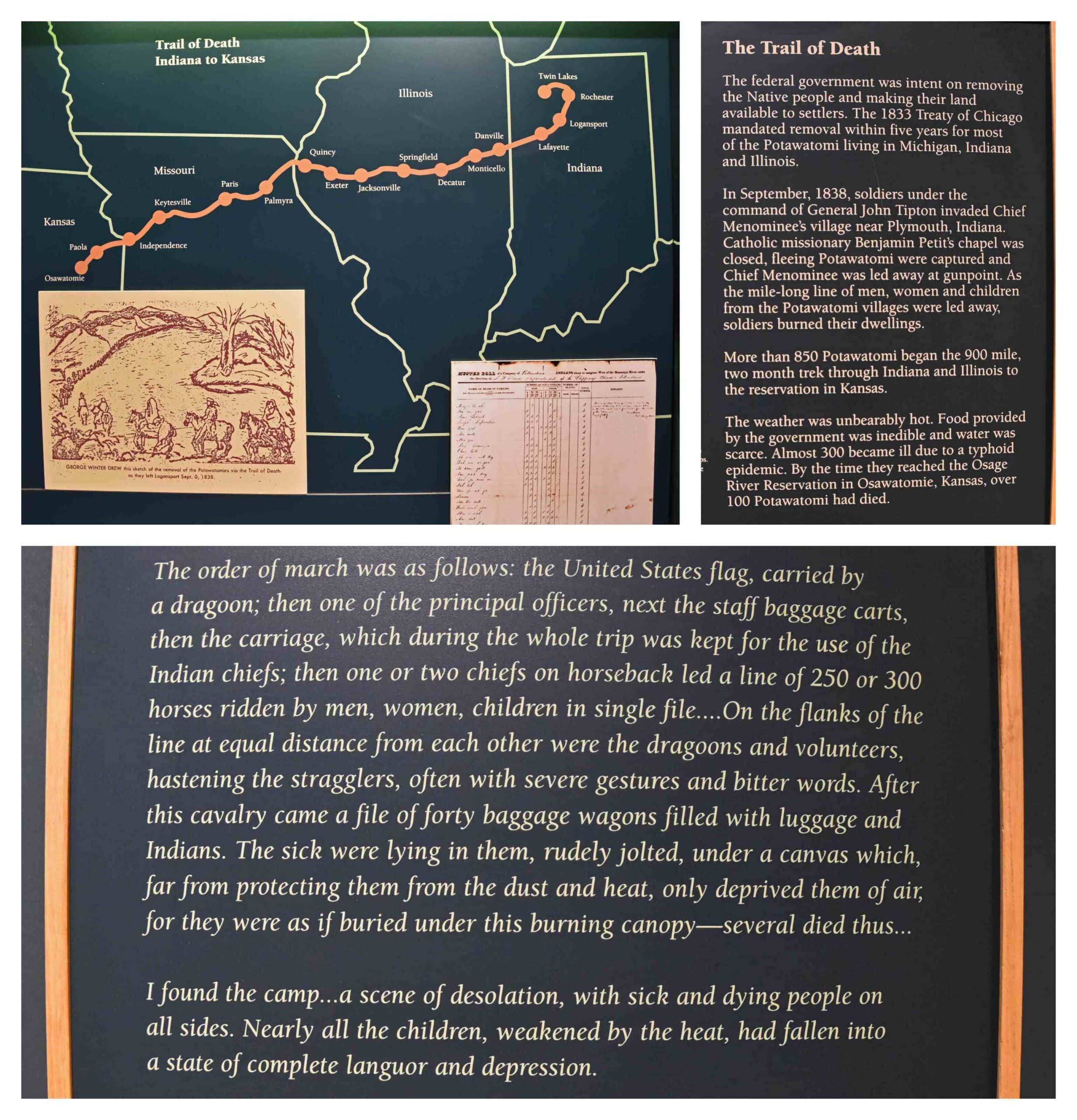
The Brutal Reality of Our Past
Another unexpected connection came through the museum’s coverage of the Trail of Death, the forced removal of the Potawatomi people from Indiana to Kansas in 1838. This tragic journey passed near our oldest son’s home, making the history feel even more personal. The exhibit shares heartbreaking details of the 660-mile march, where nearly 40 Potawatomi lost their lives. As someone who calls that area home, learning about the Trail of Death hit me harder than I expected. Knowing that the land I walk on today was once part of such a tragic and painful journey made me appreciate the resilience of the Potawatomi people. It’s a stark reminder that history is all around us, whether we realize it or not.
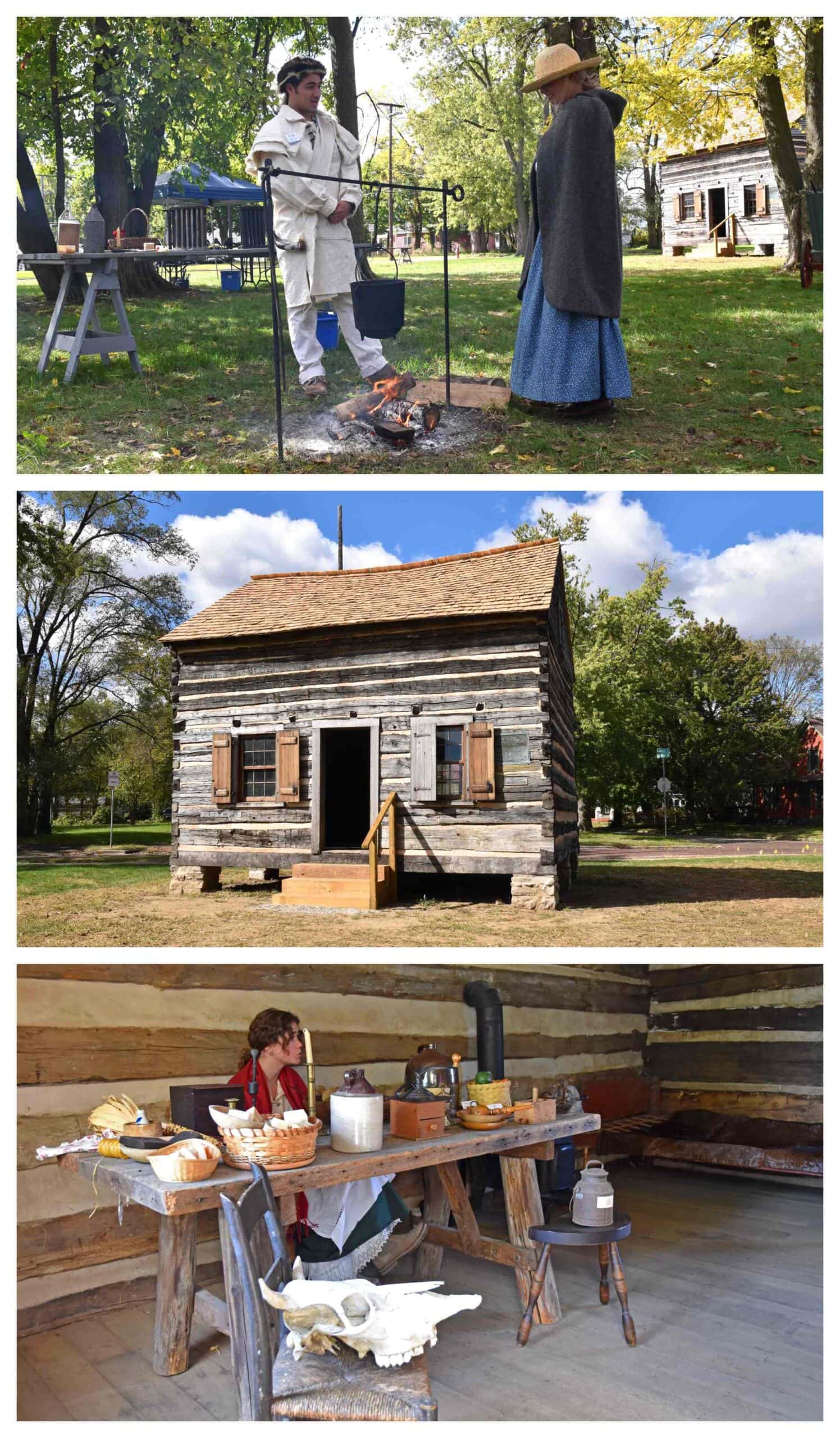
In-person Exhibits
Stepping outside the museum, we encountered a group of reenactors bringing history to life on the museum grounds. Some were gathered around a rustic campsite, tending to a crackling fire and demonstrating traditional cooking methods, while others occupied a nearby log cabin, showcasing daily life from the 19th century. Dressed in period clothing, they eagerly shared stories about frontier survival, early settlement struggles, and the skills needed to thrive in a rapidly changing world. Their immersive approach added an unexpected and engaging layer to our visit, making history feel more tangible than any exhibit ever could.
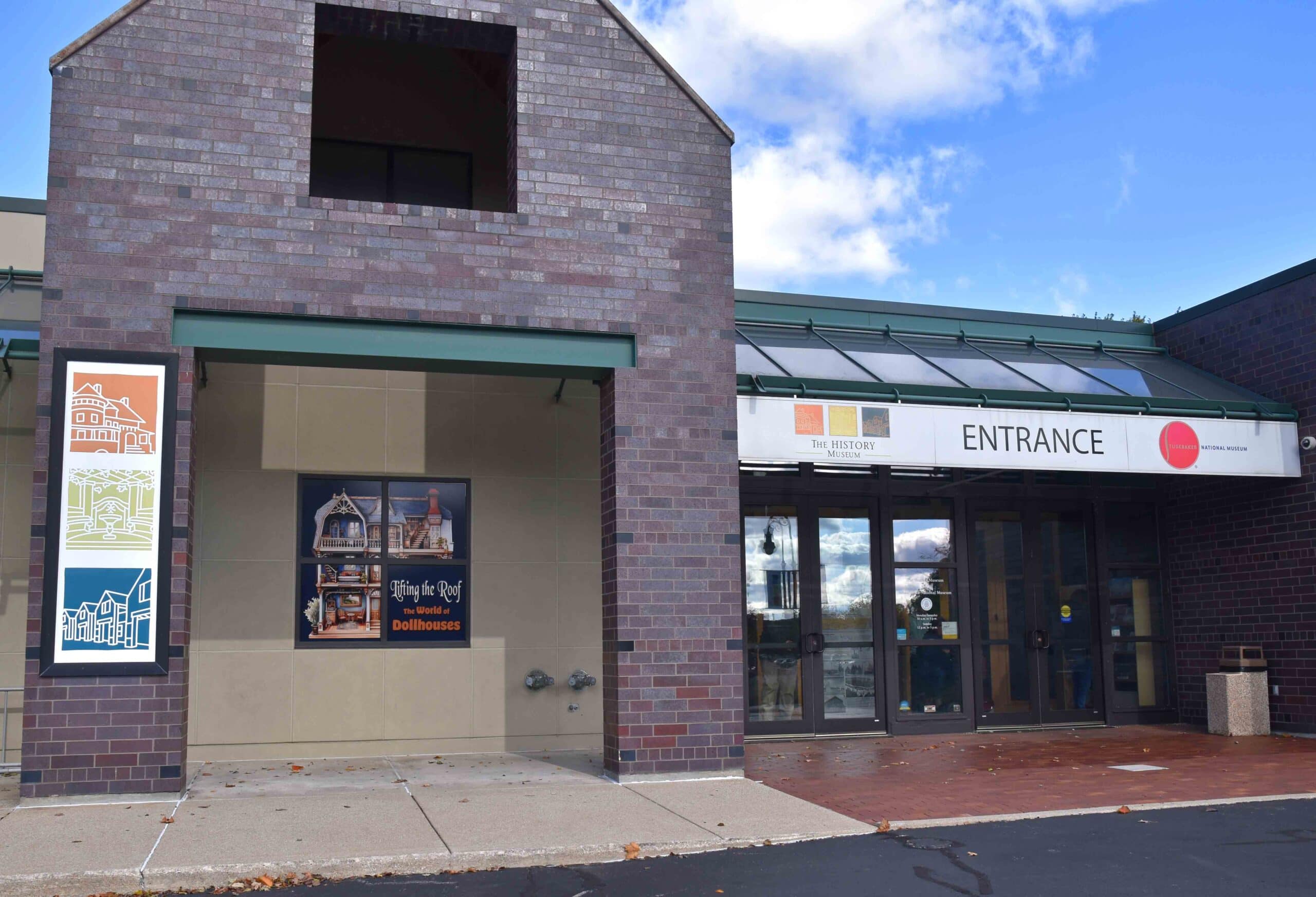
Visit The History Museum
Our visit to The History Museum in South Bend was a true journey through time, connecting us to the past and our local history in unexpected ways. From the captivating exhibits on A League of Their Own and the environmental impact of draining the swamp to the powerful stories of Bleeding Kansas and the Trail of Death, the museum offers diverse experiences. And with reenactors adding an interactive touch, it’s clear that this museum doesn’t just teach history—it brings it to life. If you’re a fan of history—or even if you’re looking for something off the beaten path in South Bend—this museum is worth the visit. The stories they tell, from the baseball players to the Potawatomi, are unforgettable. And trust me, you’ll leave with a whole new perspective on the history of this region.






This is so cool! I grew up watching A League of Their Own but never realized how much of it was based on real events. Your blog always uncovers the best hidden stories!
Thanks for being a reader. We’ll try to keep the good stuff coming.
Loved this deep dive into the history of the All-American Girls Professional Baseball League! It’s amazing how these women paved the way for future athletes. Did the museum have any original uniforms on display?
Yes. It was interesting to see this unique slice of Americana.
Wow, what an inspiring piece of history! It’s great to see these trailblazing women getting the recognition they deserve. Thanks for sharing this!
It was truly our pleasure.
I really enjoyed this article. I love the movie and now I know it was based on real life. I plan on taking my family to South Bend for a family vacation.
That sounds like a great idea. It’s a great place to explore.
I had no idea the real history behind A League of Their Own was so rich! Your article really brings these incredible women’s stories to life. Definitely adding this museum to my must-visit list!
We think you’ll enjoy it.